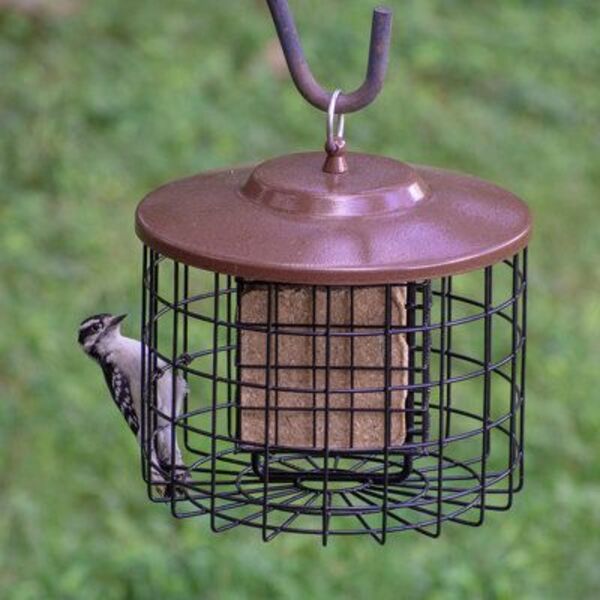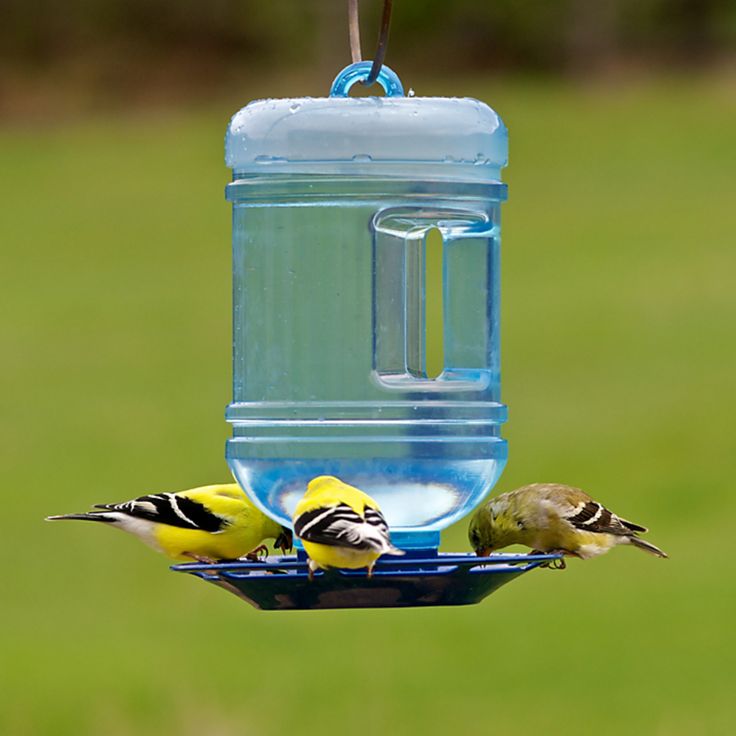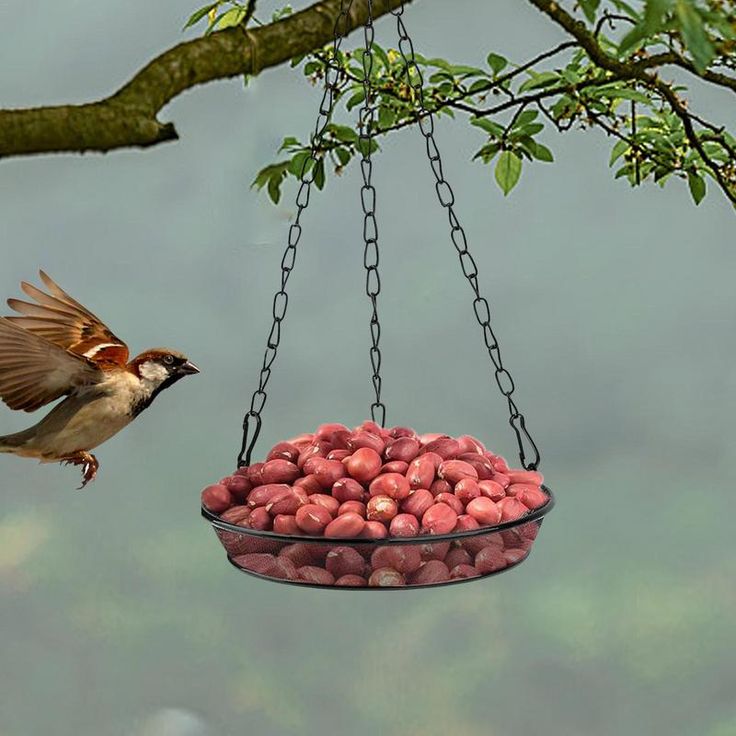Attracting hummingbirds to your yard can be a delightful experience. These tiny, colorful birds not only add beauty to your garden but also play an essential role in pollination. If you want to learn how to get hummingbirds to come to your feeder, there are several effective strategies to consider. From choosing the right feeder to creating an inviting environment, this guide outlines proven methods to draw these fascinating creatures to your porch or garden.
Selecting the Ideal Hummingbird Feeder
To successfully attract hummingbirds, the first step is selecting the appropriate feeder. Hummingbird feeders are typically designed specifically for these birds and come in various shapes and sizes. When choosing a feeder, consider its material, capacity, and ease of cleaning.

Material Matters: Glass vs. Plastic
Hummingbird feeders are generally made from either glass or plastic. Glass feeders tend to be more aesthetically pleasing and durable, while plastic feeders are lightweight and shatterproof. Each option has its advantages.
Glass feeders provide a classic look and often have vibrant colors that attract hummingbirds. They also generally resist fading from sunlight. Conversely, plastic feeders are usually less expensive and easier to transport. However, they may become brittle over time, particularly if exposed to harsh weather conditions.
When making a decision, think about where you’ll place the feeder. If it will endure intense sunlight, a glass feeder may be advantageous for its durability and aesthetic appeal. Consider the local weather conditions as well, as extreme heat or cold can affect the life expectancy of your feeder.
Choose the Right Feeder Design
The design of your hummingbird feeder also affects its effectiveness. Look for a feeder with multiple feeding ports, as this allows several birds to feed simultaneously. This can increase activity around the feeder, drawing in more birds.
Additionally, choose a feeder with a built-in ant moat. This feature helps keep ants away from the nectar, ensuring only hummingbirds can access it. Moreover, ensure the feeder has removable parts for easy cleaning. Maintenance is crucial in keeping your feeder hygienic and attracting hummingbirds.

Making Nectar: The Key to Hummingbird Attraction
The nectar you fill your feeder with is crucial for attracting hummingbirds and keeping them returning regularly. Creating the right mixture is simple and cost-effective.
Ideal Nectar Recipe
The easiest and most effective nectar for hummingbirds consists of a basic sugar-water solution. Mix one part white granulated sugar with four parts water. For instance, if you use one cup of sugar, combine it with four cups of water. Stir the mixture until the sugar dissolves completely.
It’s important to use granulated white sugar because other sweeteners or food coloring can be harmful to hummingbirds. Avoid honey, brown sugar, or artificial sweeteners, as these can lead to detrimental health issues. Hummingbirds rely on the high energy content of sugar water for their survival.
Preparing and Storing Nectar Safely
After preparing the nectar, allow it to cool to room temperature before pouring it into the feeder. This practice is particularly important, as hot nectar can be harmful to these tiny birds.
When filling the feeder, fill it only to about three-quarters full to prevent overflow and minimize waste. If you have excess nectar, store it in the refrigerator for up to one week. If you notice the nectar becoming cloudy or changing color, discard any old nectar to ensure the health of the birds.
Placement of the Hummingbird Feeder
The way you place your feeder can significantly impact bird traffic. To maximize your chances of attracting hummingbirds, consider the following placement strategies.

Finding the Perfect Spot
Hummingbirds prefer feeders located in areas that are easily visible and close to natural sources of food. Position your feeder in a sunny location, as hummingbirds are more likely to visit feeders that are warm and inviting. A spot near bright flowers or shrubs, full of natural nectar sources, can also attract these birds.
Furthermore, avoid placing the feeder in overly windy areas or high-traffic zones. Birds may be deterred from feeding if they feel insecure or threatened. Instead, choose a quieter nook in your garden or on your balcony—preferably near flowering plants that already attract hummingbirds.
Height Matters
Height plays a crucial role in feeder placement. Aim to position the feeder at eye level or slightly below. This gives you a clear view of the birds while making it easy for them to reach the nectar. If placing the feeder on a pole or branch, ensure it is sturdy enough to avoid swaying or tipping.
Consider hanging your feeder near a perch, such as a tree branch or fence, where hummingbirds can rest before or after feeding. If there are natural perches nearby, it encourages them to visit your feeder more often.
Timing and Seasonal Considerations
Understanding the hummingbird migration patterns and their feeding habits is vital for creating a consistent feeding environment. This knowledge will enable you to maximize attraction to your feeder throughout the year.
Hummingbird Migration Patterns
Most hummingbird species migrate between North America and Central America based on seasonal changes. Depending on your location, migratory hummingbirds typically arrive in spring and leave in the fall. Therefore, it’s essential to have your feeder ready and stocked by the time they return.
Once temperatures consistently rise and flowers begin to bloom, it’s time to fill your feeder. To attract these birds as early as possible, consider putting your feeder out two weeks before their expected arrival date.
Continuous Availability
Once the hummingbirds begin visiting your feeder, aim to keep it filled and clean throughout the season. Regularly check the nectar and refill it as necessary, especially during warmer months, as nectar can spoil or evaporate quickly.
Cleaning the feeder every 3 to 5 days is ideal. If you notice mold or cloudiness, this indicates that it needs immediate cleaning. Regular maintenance encourages hummingbirds to return consistently, establishing your feeder as a reliable food source.
Creating an Inviting Environment
In addition to feeders, providing a welcoming habitat is critical to attracting more hummingbirds. By creating an environment that mimics their natural habitat, you can make your yard a haven for these delicate creatures.
Utilize Bird-Friendly Accessories
Incorporating birdbaths or small water features can entice hummingbirds to your yard. Hummingbirds need water to drink and bathe, so a shallow basin can increase visits. Ensure the water stays fresh and clean to encourage them to linger longer.
Installing perches around your feeders can also entice them to stay. Birds feel safe when they have places to rest, and perches can encourage feeding behavior.
Avoiding Common Mistakes
While attempting to attract hummingbirds, avoiding certain pitfalls can increase your chances of success. Here are some common mistakes to avoid when trying to get hummingbirds to visit your feeder.
Neglecting Regular Cleaning
One of the most significant errors is neglecting to clean the feeder regularly. Dirty feeders can harbor mold and bacteria, which can be toxic to hummingbirds. Therefore, prioritize cleaning, especially during warmer months when nectar spoils faster.
Before refilling your feeder, wash it with hot, soapy water. Rinse thoroughly to remove any soap residue. It’s also advisable to occasionally disinfect the feeder with a solution of one part vinegar to four parts water to ensure maximum hygiene.
Using Incorrect Nectar Ratios
As discussed earlier, using the correct sugar-to-water ratio is crucial for hummingbird health. Always remember that the ideal nectar consists of one part sugar to four parts water. Incorrect ratios can lead to poorly nourished birds or cause irritation to their digestive systems.
Failing to Monitor Nectar Levels
Another common mistake is ignoring nectar levels. If the feeder runs dry, it might discourage visiting hummingbirds. They prefer reliable food sources, so always monitor the nectar levels and refill as needed.
Conclusion: Patience and Consistency Are Key
Attracting hummingbirds requires patience, knowledge, and consistent effort. By selecting the right feeder, preparing proper nectar, ensuring effective placement, and creating an inviting environment, you can draw these beautiful birds to your yard.
Remember that attracting hummingbirds may take time. Don’t be discouraged if they don’t appear immediately. Keep your feeder filled, maintain a clean environment, and provide additional food sources through native plants.
With dedication, you will find joy in observing hummingbirds feeding, fluttering, and showcasing their vibrant colors in your backyard. They are not just beautiful creatures; they also contribute to a thriving ecosystem. By taking the steps to attract hummingbirds, you’ll create a magical space that enhances your outdoor experience.

